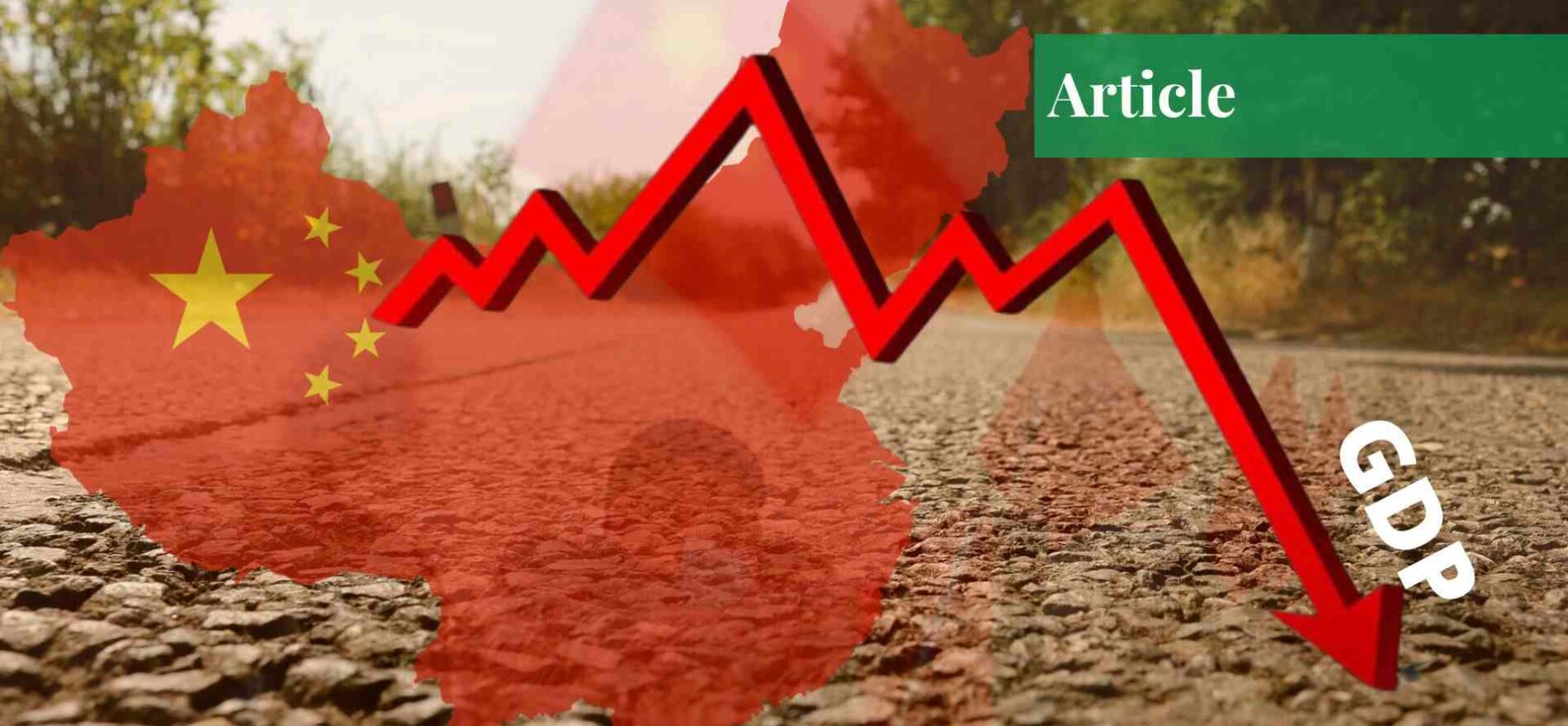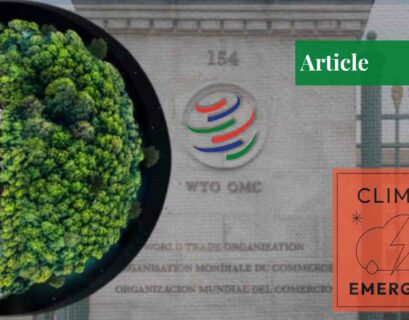Introduction
As numerous countries contend with the severe implications associated with climate change, China has also been experiencing a sultry summer with extreme drought and unprecedented temperatures. Heatwaves are having a detrimental effect on the farming and industrial sector of China.
Moreover, hydroelectricity generation has significantly decreased due to low water levels. This has exacerbated China’s looming energy shortage conundrum. If this continues, there will be a global economic impact.
Heatwaves and Drought
The recent heatwaves have been the hottest that China has experienced since its inception in 1961. According to the Chinese Meteorological Administration, this is the worst heatwave recorded anywhere. The scathing heatwaves that had begun on June 13, 2022 have now spread across the South to the central region in Henan and to the East Coast i.e. the Jiangsu Province.
Sichuan has reported temperatures over 113 degrees Fahrenheit. This has never occurred in this province that typically experiences temperatures below a maximum average of 87 degrees Fahrenheit. Consequently, the combination of high temperatures and a crippling drought has led to bodies of water falling to low levels. As a matter of fact, 66 rivers have completely desiccated.
Reservoirs throughout Sichuan are constantly drying up mainly due to the prolonged droughts and scorching temperatures. This has crippled the hydropower stations which provide for and generate about eighty percent of the power for the provinces. According to the state grid, the hydroelectric capacity of Sichuan plunged by 50 percent in August.
Looming Energy Crisis
In China, for the past month or two due to a long-lasting heatwave, electricity usage exceeded past records. This led to the increased usage of electricity that surpassed the country’s last year’s peak load by 3%. There was also an increase of 4.89 percent over the peak load of last year in the power grid of Guangdong province, reaching 142 kilowatts and hitting a high record.
In just the first half of 2022, the yearly power consumption of China had increased to 2.9% as reported by China Electricity Council. There was an increase in energy consumption by 4.7% in June which was credited to the high temperature, easing pandemic restrictions, and the effect of economic stabilization policies.
On various occasions, warnings had been issued; 140 orange warnings and 21 red warnings for high temperatures in the far west including Xinjiang and in the southeast were issued. The chief expert at the meteorological observatory of Xinjiang, Chen Chunyan stated in the media: “Continued high temperature has accelerated glacial melting in mountainous areas and caused natural disasters such as flash floods, mudslides and landslides in many places.”
Hydroelectricity generation has precipitously decreased during the course of this summer in China. A large number of provinces are experiencing unexpected inconveniences as they hasten to meet the demands of their constituents. Sichuan, which obtains 80% of the energy utilised within the province from hydrogeneration, is facing an energy shortage.
This shortage is chiefly imputed to the level of water in the Yangtze river and other bordering tributaries. The government, as a result, has had to resort to rationing. Factories, department stores, and businesses have had to manage the amount of energy rationed to them. The objective behind this initiative is to retain sufficient energy units to meet the demand of households in the country.
Economic Slump
Industries and businesses have not been able to achieve their normal level of production because of energy rationing. Thus, the industrial and manufacturing sectors, which account for 27.44% of China’s GDP, have been severely affected. Thus, further exacerbating the economic situation in the country.
As of August 31, 2022, the country is amidst a property crisis, which is expected to drop China’s economic growth for 2022 from 5.5% to 4.4%. Therefore, a decline in domestic output and global exports could be detrimental to its economy. The prices of commodities manufactured in China are predicted to increase globally as production output is circumscribed.
According to data from the General Administration of Customs, China’s steel exports declined by 6.9% as compared to the exports of the previous year. If this trend continues in other sectors, global inflation will increase which is already expected to reach 7.5% by the end of 2022.
All of this would indirectly impact the crop yields which would, in turn, affect food production and the supply chain. According to a study by McKinsey and Company, the heatwaves in China will cause a reduction in corn, rice and wheat crop yields by 10 percent each year.
The crop’s growing length each season, productivity, maturity patterns and health are greatly affected and damaged by heatwaves. As China has a significant place in the global supply chains, its impaired productivity would surely impact the rest of the world.
Climate Change
For more than a month, the biggest coal-fired power plant in the region i.e. the Sichuan Guang’an Power Generation has been operating at full capacity. It was predicted that till August this electricity generation would increase to 313 percent. Since mid-August, the largest coal miner in the province i.e. the Sichuan Coal Industry Group has been producing thermal coal more than double its usual production.
According to the National Development and Reform Commission, in the first two weeks of August, the daily coal consumption increased up to fifteen percent at the power plants nationwide in comparison with last year’s consumption at the same time.
In order to ensure a stable power supply, Han Zheng, the vice premier of China, stated that the Chinese government would step up their support for coal plants. The rest of the world will also be greatly influenced by how China deals with its energy crisis, as China accounts for twenty-seven percent of the world’s carbon emissions.
Solutions
The Chinese government has implemented several temporary solutions to combat the looming energy crisis. However, energy rationing and importing non-renewable resources for energy are not permanent solutions to a problem engendered by climate change. Thus, it is crucial to adopt measures that either eliminate or mitigate the effects of climate change.
Therefore, it is logical to reduce the annual greenhouse gas emissions produced by China. The country’s energy mix for 2019 consisted of 77% coal and other non-renewable sources, with renewable energy accounting for merely 23%. China must consider switching to other renewable energy sources including solar and wind energy if it intends to tackle the energy crisis.
Despite the fact that hydrogeneration is renewable and effective, it is not feasible for countries like China that are experiencing long spells of drought. Solar energy, on the other hand, is viable for countries facing prolonged heatwaves. According to data released by IEEFA, China has added 31 Gigawatts of solar, a 137% increase from last year.
When utilised in place of the 77% non-renewable energy, solar energy will not only be cost-effective but also possesses the potential to substantially reduce greenhouse gas emissions.
Conclusion
The effects of climate change have significantly impacted China. Drought and prolonged heatwaves threaten to aggravate the energy crisis and the weakening economy of China. If China fails to take immediate action to end the crisis, it could have negative repercussions for both the domestic and global economies. The temporary solutions currently implemented are insufficient to thoroughly solve the issue. Thus, unless long-term solutions are adopted, China is prone to face similar issues in the future.
If you want to submit your articles/research papers/book reviews, please check the Submissions page.
The views and opinions expressed in this article/paper are the author’s own and do not necessarily reflect the editorial position of Paradigm Shift.




















